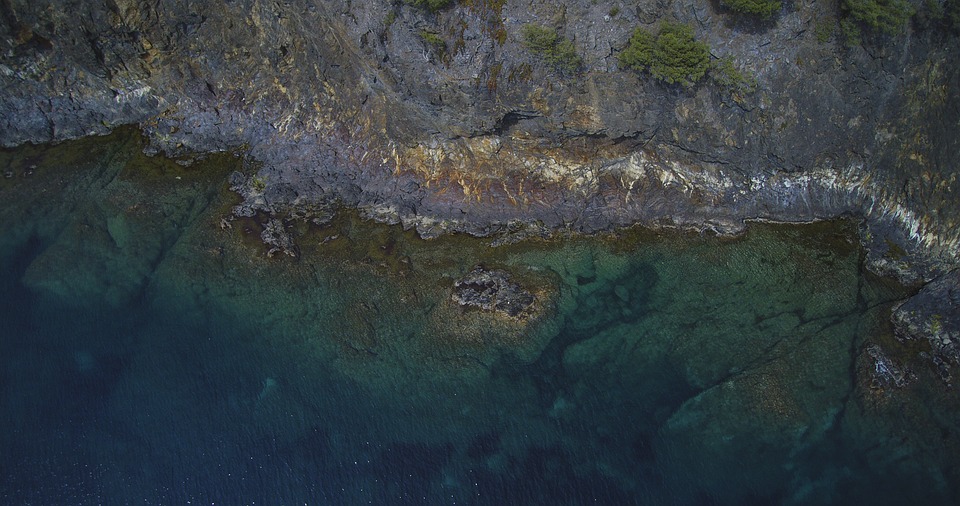Introduction
Tossa de Mar, a picturesque coastal town located on the Costa Brava in Catalonia, Spain, is a hidden gem that offers a perfect blend of history, natural beauty, and Mediterranean charm. This article takes you on a journey through the rich history of Tossa de Mar, exploring its medieval architecture, stunning beaches, and much more.
Medieval Architecture
One of the most prominent features of Tossa de Mar is its well-preserved medieval architecture. The town is crowned by the imposing Tossa Castle, also known as Vila Vella, which stands proudly on a hilltop overlooking the Mediterranean Sea. This fortress, built in the 12th century, served as a defensive structure against pirates and enemy invasions. Today, visitors can wander through its narrow cobblestone streets, explore its ancient walls, and enjoy breathtaking views of the coastline.
Within the walls of Vila Vella, you’ll find the charming old town of Tossa de Mar. Strolling through its labyrinthine streets, you’ll encounter traditional whitewashed houses adorned with blooming flowers, cozy cafes, and quaint shops. The medieval atmosphere is palpable, immersing you in a bygone era of history.
Stunning Beaches
Tossa de Mar is also blessed with stunning beaches that attract visitors from all over the world. The golden sandy beaches are set against a backdrop of rugged cliffs and crystal-clear waters, offering the perfect setting for relaxation and water activities.
Playa Gran, the main beach of Tossa de Mar, stretches along the town’s waterfront and is easily accessible. With its shallow waters and gentle slope, it is ideal for families and those looking to enjoy a leisurely swim. Playa d’en Codolar, located at the foot of Vila Vella, is a smaller, more secluded beach, surrounded by cliffs and providing a sense of tranquility.
For those seeking a more adventurous experience, Cala Figuera is a hidden gem nestled amidst the cliffs. Accessible only by foot or boat, this picturesque cove is a paradise for snorkeling and diving enthusiasts.
Historical Sites
In addition to its medieval architecture, Tossa de Mar boasts several other historical sites worth exploring. The Roman villa of Els Ametllers, dating back to the 4th century, provides a glimpse into the town’s Roman past. The remnants of this ancient villa include beautifully preserved mosaic floors and various artifacts.
The Chapel of Sant Vicenç, a small Romanesque church perched on a hill, offers panoramic views of the town and the sea. Its simplicity and historical significance make it a must-visit spot for history and architecture enthusiasts.
FAQs
Q: How do I get to Tossa de Mar?
A: Tossa de Mar is easily accessible by road from major cities in Catalonia, such as Barcelona and Girona. There are also regular bus services between Tossa de Mar and neighboring towns.
Q: What is the best time to visit Tossa de Mar?
A: The best time to visit Tossa de Mar is during the spring and early summer months (April to June) and in September when the weather is pleasant, and tourist crowds are smaller.
Q: Are there accommodations available in Tossa de Mar?
A: Yes, Tossa de Mar offers a wide range of accommodations to suit different budgets and preferences. From luxurious beachfront hotels to cozy guesthouses and apartments, there is something for everyone.
Q: Can I explore Tossa Castle on my own?
A: Yes, visitors can explore Tossa Castle independently. Admission tickets can be purchased on-site, and there are information boards available to provide historical context as you wander through the castle.
Q: Are there any hiking trails in Tossa de Mar?
A: Yes, Tossa de Mar is surrounded by beautiful nature and offers several hiking trails for outdoor enthusiasts. The Camí de Ronda trail is particularly popular and provides stunning coastal views.
